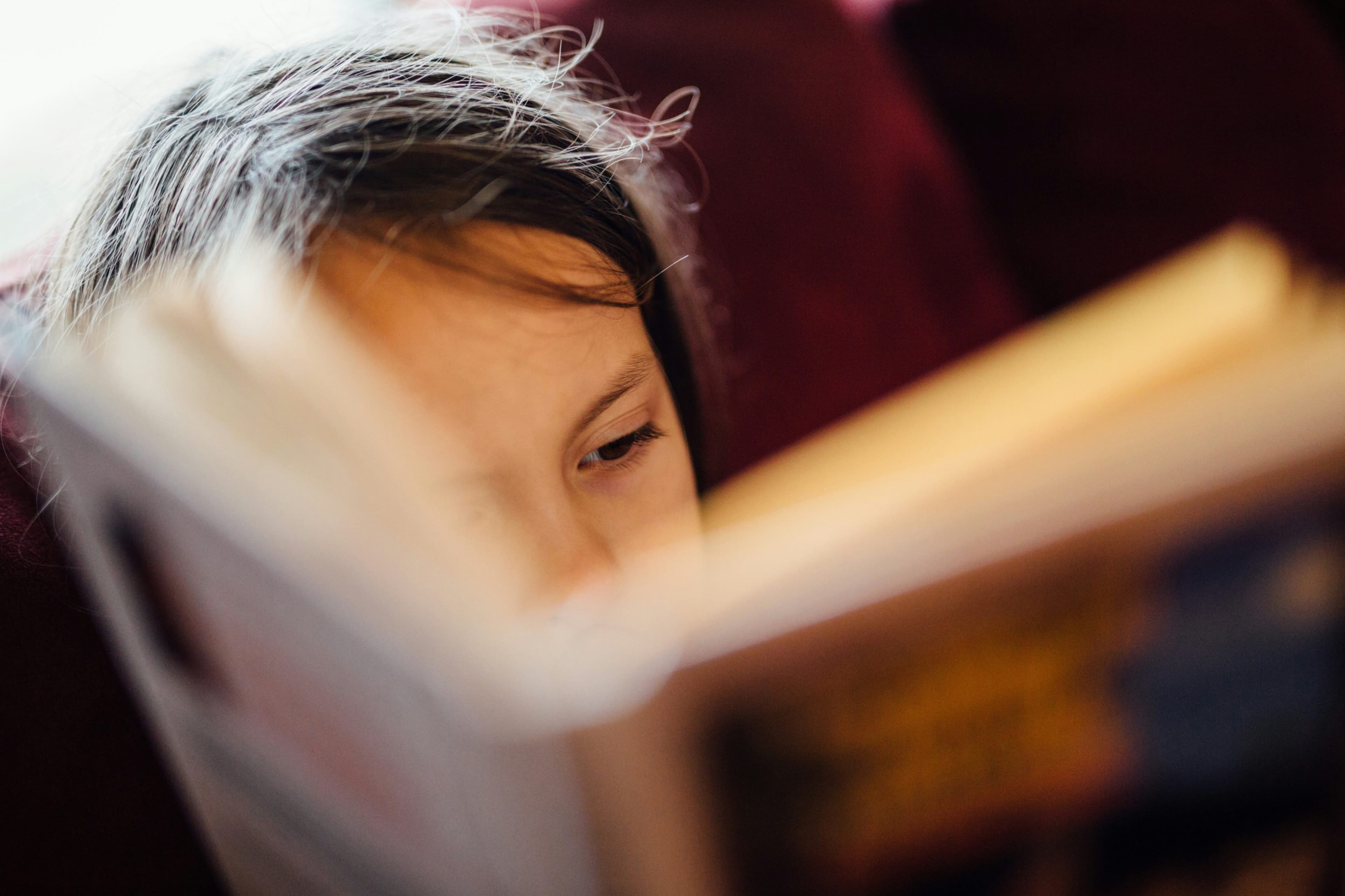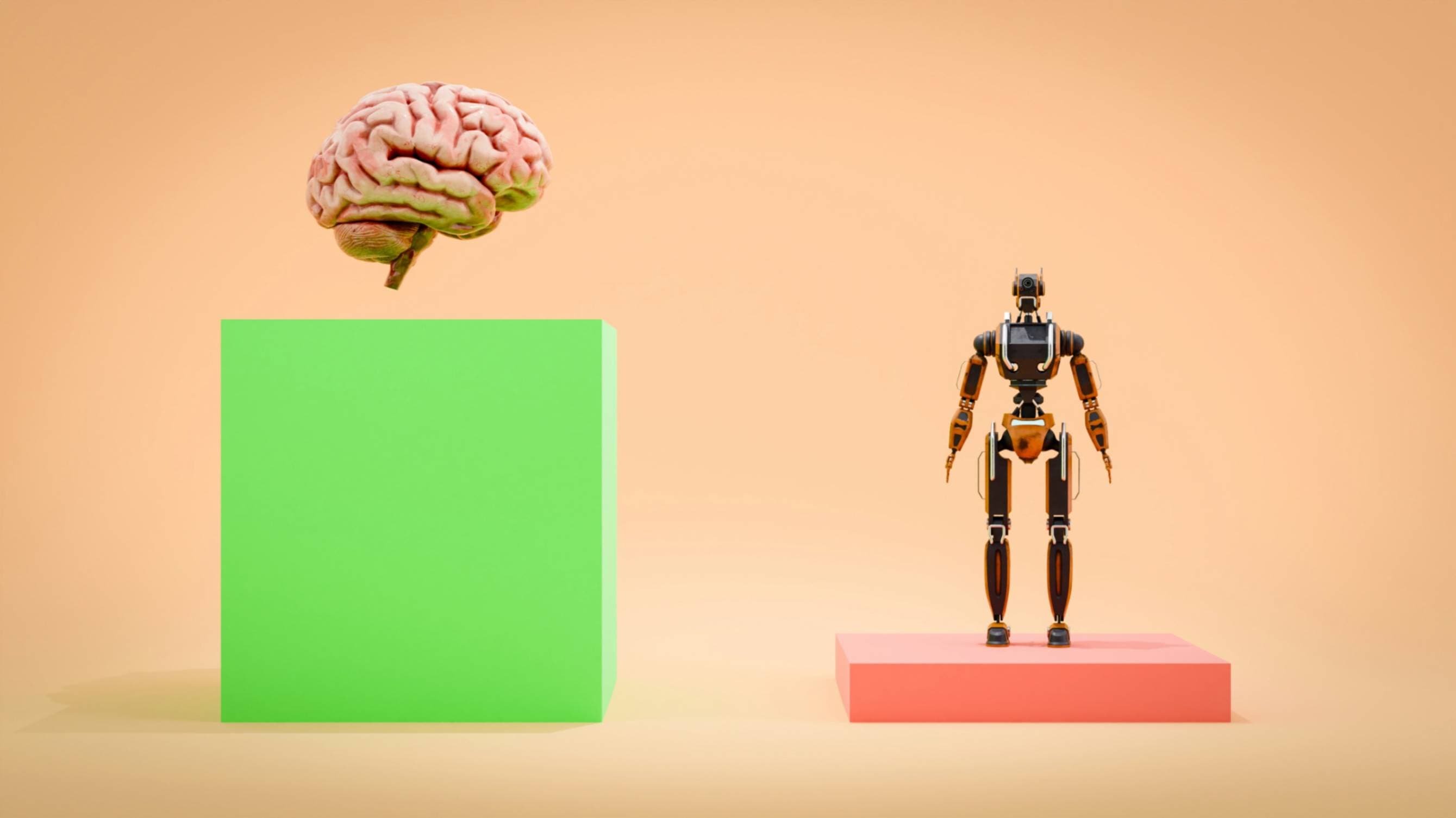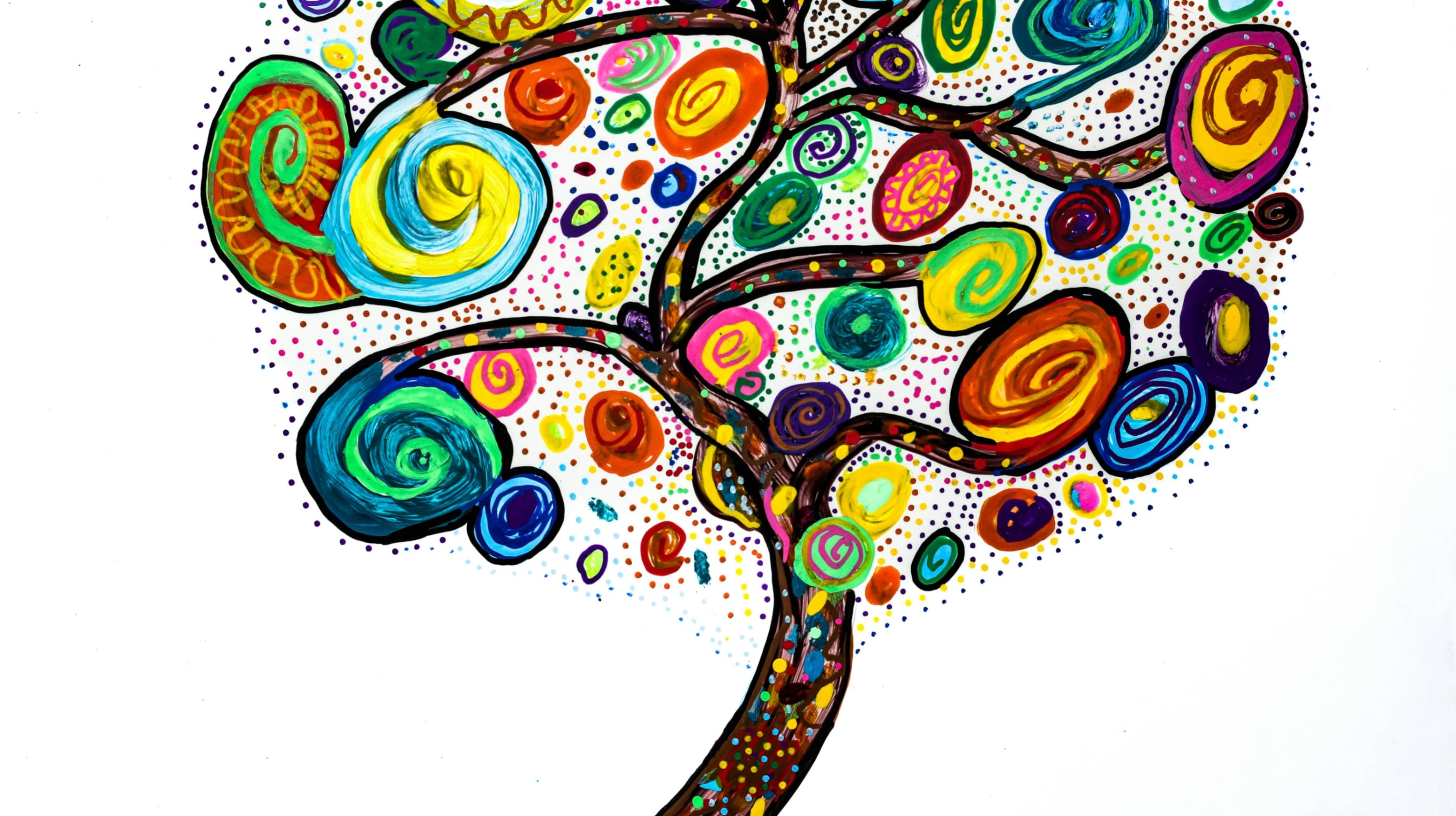
When Students Learn to Question: The New Literacy Every Classroom Needs
Local teachers noticed that students often struggled to differentiate between credible news sources and opinion pieces, especially when engaging with social media or online platforms. In response, a small group of educators began incorporating informal lessons on media literacy, guiding students through basic fact-checking exercises and encouraging them to question the origin and purpose of the content they consumed. These grassroots efforts, while impactful, highlighted the need for a more cohesive and systemic approach across classrooms and grade levels.
After implementing a specialized curriculum focused on information consumption and critical dialogue, educators noticed that students began to approach their coursework and current events with a heightened sense of discernment. They were no longer satisfied with accepting information at face value; instead, they began asking where the data came from, what biases might exist, and how different perspectives viewed the same issue. This shift did not occur overnight, but through repeated practice with vetted resources, guided discussions, and scaffolded assignments, students grew more confident in their analytical abilities. Educators reported that students were more enthusiastic and engaged because the content connected with their real-world experiences, such as recognizing misinformation on their social media feeds or questioning viral claims. By making lessons directly relevant to students’ daily lives and current events, teachers observed increased participation, and a deeper investment in classroom activities.
To support teachers in delivering this curriculum, visiting educators collaborated with our city library system to provide access to databases and training in digital research skills. Many students and educators were unaware of the wealth of government, academic, and nonprofit research materials available at no cost. By embedding librarians into classroom lessons and creating "source vetting" workshops, visiting educators helped students distinguish between peer-reviewed articles, government reports, op-eds, and general media content. This emphasis on source credibility aligned with existing national standards for information literacy, such as those endorsed by the American Association of School Librarians (AASL) and the International Society for Technology in Education (ISTE)1.
Encouraging Civil Discourse and Diverse Perspectives
A critical component of this approach was teaching students how to engage respectfully with differing viewpoints. Too often, classroom debates devolve into superficial arguments rather than constructive dialogue. To counter this, visiting educators introduced structured discussion protocols with the visiting educators as moderators. These formats encouraged students to listen actively, cite their sources, and build on or challenge ideas using evidence rather than emotion. Teachers were trained to moderate these discussions neutrally and to intervene when discourse veered into personal attacks or misinformation.
The results were tangible. Students reported feeling more comfortable expressing their opinions and more willing to revise their thinking after hearing new evidence. This kind of intellectual humility is a
Read-Only
$3.99/month
- ✓ Unlimited article access
- ✓ Profile setup & commenting
- ✓ Newsletter
Essential
$6.99/month
- ✓ All Read-Only features
- ✓ Connect with subscribers
- ✓ Private messaging
- ✓ Access to CityGov AI
- ✓ 5 submissions, 2 publications
Premium
$9.99/month
- ✓ All Essential features
- 3 publications
- ✓ Library function access
- ✓ Spotlight feature
- ✓ Expert verification
- ✓ Early access to new features
More from Education
Explore related articles on similar topics





